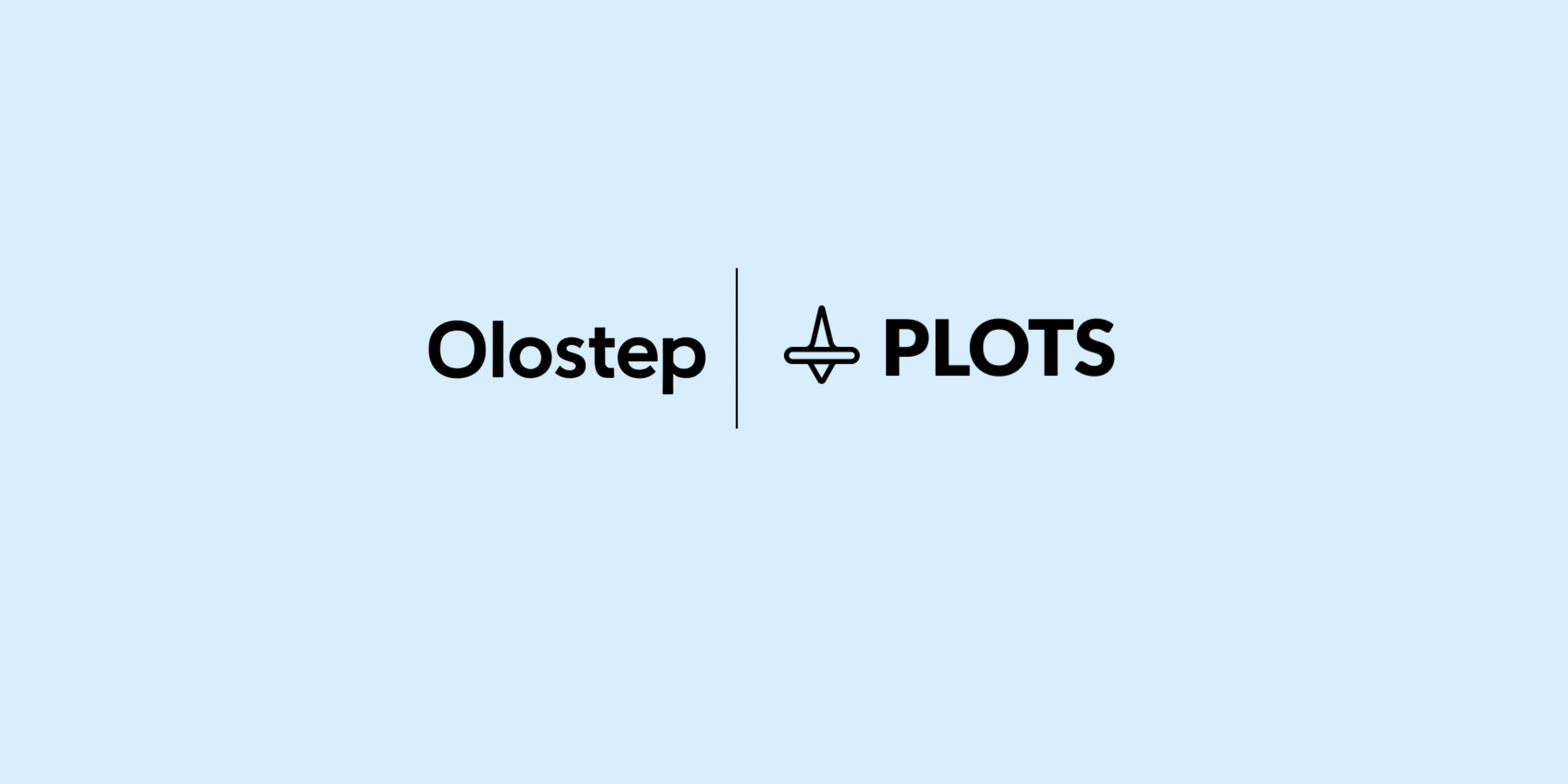Olostep × Gumloop Case Study
Gumloop’s visual automation platform uses Olostep as the default node for interacting with the public web—searching, fetching, and extracting structured data that powers AI‑assisted workflows across sales, marketing, ops, and support.
“Olostep gives our users a reliable, scalable interface to the Web. With a single node, they can scrape pages, search across sources, and receive structured outputs that plug directly into downstream steps.”
About Gumloop
Gumloop is an AI automation platform that lets any team build workflows through a drag‑and‑drop builder and 110+ native integrations. Users orchestrate data apps and AI with components like AI Router, background triggers, and department‑ready templates—without writing code. The platform is adopted by teams across marketing, sales, operations, engineering, and support.
Challenge
Many automations require high‑quality web data: landing pages for enrichment, product pages for pricing, social and community posts, or ad/transparency libraries. Teams struggled with:
- Dynamic, JavaScript‑heavy pages and bot defenses
- Inconsistent data formats and site‑specific quirks
- The need for structured outputs that slot into spreadsheets, CRMs, and docs
- Maintaining brittle scrapers and rotating proxies at scale
Gumloop needed a single, reliable “Web node” that could power both real‑time scraping and AI‑assisted research—returning clean, structured data for the next step in a flow.
Solution
Gumloop adopted Olostep as its default node to interface with the Web, combining two endpoints:
/scrapesfor real‑time page capture (HTML, Markdown, screenshots) with resilient rendering/answersfor AI search + reasoning that returns answers and developer‑defined structured JSON
Together they provide a single abstraction for users to fetch, understand, and transform web content inside visual workflows.
Integrating Olostep
Gumloop ships two core Olostep‑powered nodes that users can drag into any flow:
-
Web Scrape Node (real‑time data)
- Calls
/scrapesto fetch pages, handle JS rendering, and return HTML/Markdown. - Optional LLM extraction on the response to normalize fields (e.g., company name, social links, pricing tier).
- Used in flows like “enrich company info,” “weekly support insights,” and “content QA.”
- Calls
-
Web Research Node (AI‑assisted answers)
- Calls
/answersto search the web and synthesize a concise answer. - Accepts a JSON schema so the output is structured for spreadsheets, CRMs, or custom nodes.
- Returns sources for traceability and audit.
- Calls
Key implementation details:
- Visual templates that wrap typical prompts/schemas so non‑technical users get useful defaults
- Concurrency controls and retries for large batches of URLs
- Webhooks and storage export for evidence bundles and structured JSON
- Secure key management and rate‑limit awareness for enterprise workspaces
Results
- Faster build time: teams assemble web data flows in minutes rather than days
- Higher reliability: fewer breakages vs. ad‑hoc scraping and scripts
- Structured by default: JSON outputs that feed Sheets, CRMs, Data Warehouses, or Docs
- Broad coverage: resilient rendering across dynamic sites and regions
By standardizing on Olostep for web interaction, Gumloop delivers a simpler, more powerful way to automate workflows that depend on clean, structured web data.
Ready to Get Started?
Test Olostep with 500 free credits, no credit card required.
References:
- Gumloop — The AI automation platform
- Olostep — Web Data API for AI
- Olostep Docs: getting started, endpoints (Scrapes, Answers)
Frequently Asked Questions
What's the best web scraping API for automation workflows?
The best web scraping API for automation workflows should handle JavaScript rendering, bypass bot defenses, and return structured data. Olostep's Scrape endpoint provides resilient rendering for dynamic pages and returns clean HTML, Markdown, or screenshots. For AI-powered workflows, the Answers endpoint searches the web and returns structured JSON based on your schema, making it ideal for no-code platforms and automation builders.
How do you integrate web data into no-code automation platforms?
Integrate web data into no-code platforms by using a reliable web scraping API as a workflow node. The API should return structured outputs that can feed directly into spreadsheets, CRMs, or downstream steps. Olostep provides both real-time scraping (Scrapes endpoint) and AI-assisted extraction (Answers endpoint) with JSON schema support, making it easy to drag-and-drop web data into visual automation builders like Gumloop, Zapier, or Make.
What tools can extract structured data from websites for AI agents?
AI agents need structured, clean data from websites to make decisions and take actions. Use Olostep's Answers endpoint, which combines web search and LLM reasoning to return developer-defined JSON schemas. This eliminates the need for custom scrapers or parsing logic—simply define your desired output schema and the API handles search, extraction, and structuring automatically.
How do you handle JavaScript-heavy pages in automation workflows?
JavaScript-heavy pages require headless browser rendering to load dynamic content. Olostep's Scrape endpoint automatically handles JavaScript rendering, retries, proxy rotation, and CAPTCHA challenges, returning fully-rendered HTML or Markdown. This makes it reliable for automation workflows that need to process modern web pages without maintaining browser infrastructure or dealing with bot defenses.
What's the best way to add web scraping to visual automation builders?
Add web scraping to visual automation builders by integrating a web scraping API that returns structured, predictable outputs. Create workflow nodes that call the API and output JSON, HTML, or Markdown that feeds into subsequent steps. Olostep's API is designed for this use case—with endpoints for scraping (Scrapes) and AI-powered extraction (Answers), it provides a simple interface for automation platforms to access clean web data at scale.



